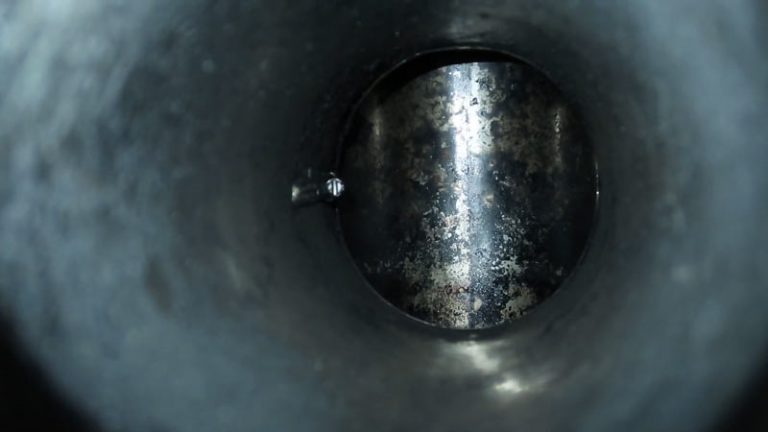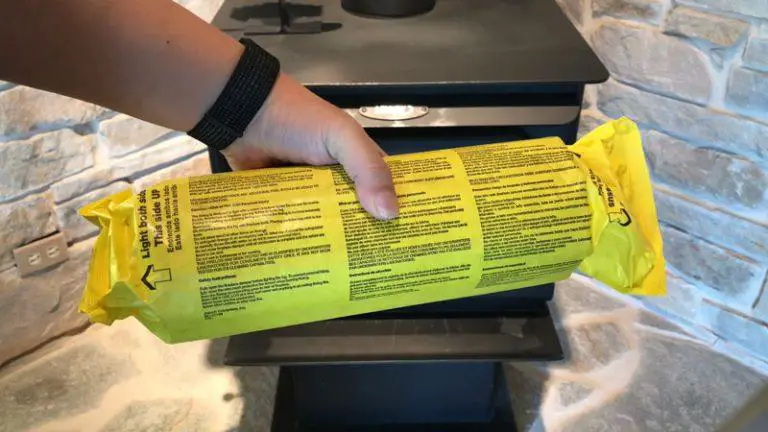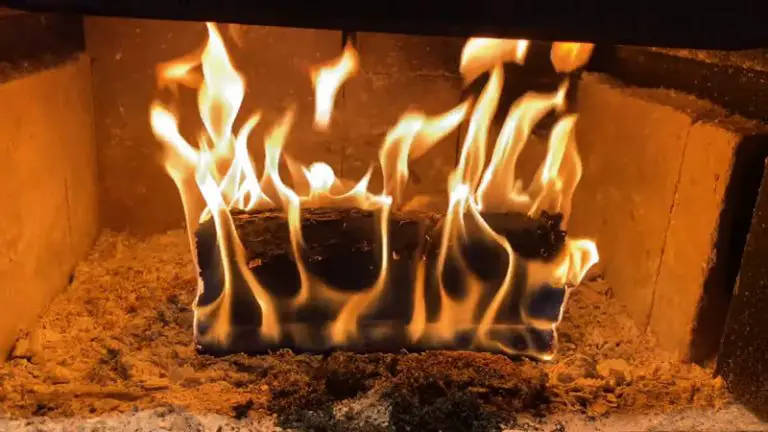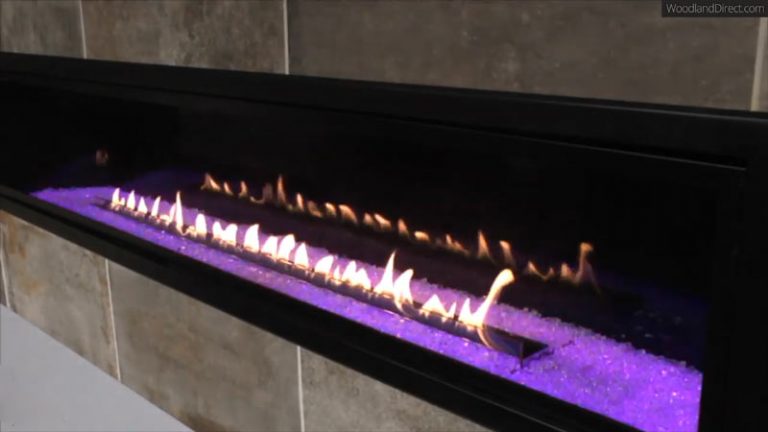How To Avoid Creosote When Smoking Meat
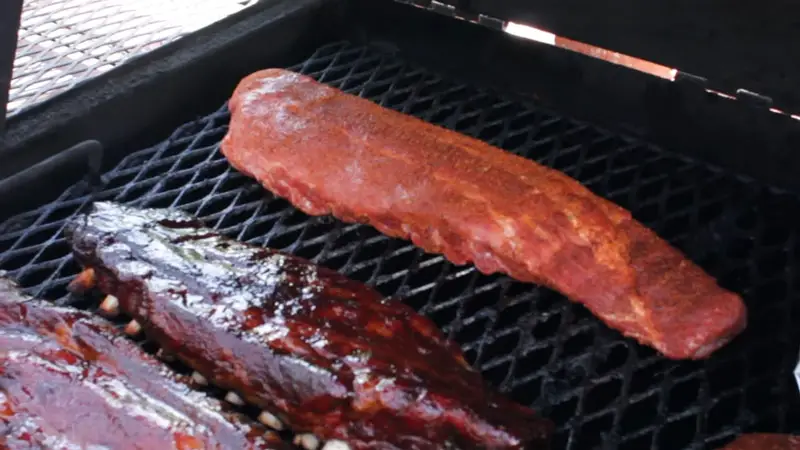
Make sure your smoker is clean before using it so that you don’t end up with any unpleasant odors or smoke in the house. Control the airflow by opening and closing vents to regulate the amount of smoke entering and leaving the smoker.
Keep the fire burning and smoke in by keeping a close eye on how much wood is being used, as well as making sure there are no open flames or embers around the smoking area. Use a chimney if you have one available to help get rid of excess moisture, carbon monoxide, and other smoky fumes from your smoker safely outside of your home.
Even small ones can lead to large problems down the road such as water damage or an increase in cigarette smoke odor indoors.
You'll Learn About
How To Avoid Creosote When Smoking Meat?
Make sure your smoker is clean before you start cooking to avoid any mishaps. Control the air flow by opening and closing the vents, or turning on a fan.
Keep the fire burning and smoke in by keeping an open flame nearby and avoiding smoking around the smoker. Check for leaks by inspecting all areas where gas or smoke escapes – this includes around windows, chimneys, pipes, and flues (if there’s one).
Make Sure Your Smoker Is Clean
It’s important to clean your smoker regularly in order to avoid creosote build-up. You can use a variety of smoking tools and techniques for cleaner results.
Check the air flow, heat distribution, and pellet feeding system on a regular basis for proper function and protection from creosote buildup. Make sure the grill is completely cleaned after every use; this includes removing all ash and grease residue as well as clearing any obstructions from the firebox or smoke stack with a wire brush or broomstick.
Creosote accumulation can cause serious damage over time so it’s crucial to take preventative measures.
Control The Air Flow
Smoke meat outside if possible to avoid the Creosote build-up inside your smoker. Keep the air intake and exhaust open when cooking over an open flame or smoking to prevent smoke from building up in the area.
Use a water pan as a barrier between the fire and meat to help reduce Creosote formation . Clean out your smoker often and remove any Dried Vegetables, Hay, Charcoal, or other combustible material before using it again for Smoking Meat.
Follow all manufacturer’s instructions for the use of your smoker, including proper ventilation.
Keep The Fire Burning And Smoke In
Keep the fire burning by smoking over a smoldering wood or charcoal grill instead of using an open flame. Smoking meat in this way preserves more nutrients and flavors than cooking it with an open flame.
This method is also known as ” low and slow “. It’s important to smoke your meat at a consistent temperature so that the juices don’t run out and create carcinogens. You can purchase smokers, grills, or hibachis specifically designed for smoking meats online or at local stores.
Use A Chimney
Smoking meat without using a chimney can result in creosote build-up on the inside of your smoker or grill. There are several ways to avoid this problem, such as using a water smoker and deflector plate, smoking at lower temperatures, and spraying wood chips with water before lighting them.
You can also try using an automatic smoke controller that circulates air through the smoker while it’s firing up which will help reduce creosote buildup from occurring in the first place If all else fails and you still see evidence of creosote buildup, you may need to take your smoker or grill apart and clean it thoroughly.
Make sure to follow all manufacturer instructions for assembly when putting your smoker back together so that you don’t have any further problems down the road.
Check For Leaks
Smoking meat can cause creosote to form on the surface of your food. Leaks in your smoking area are a common source of creosote formation. Check for smoke and grease leaks before you start cooking; they’re often easy to miss, especially if they’re small.
Use a chimney sweep or similar device to check for hidden creosote spots; this step is crucial in preventing serious fire dangers. Creosote buildup needs to be cleaned off regularly in order not only to prevent fires but also to maintain the flavor and appearance of your smoked meats.
Why does my smoked meat taste like creosote?
If you’re noticing a strange, chemical-like taste in your smoked meat, it might be because of creosote. Creosote is a byproduct of oil and gas production, and it can end up contaminating food if it’s not properly cleaned or disposed of.
This flavor can also come from other chemicals used to treat the meats before they’re smoked, such as nitrates or sulfites. If you experience this issue regularly with certain types of meat, talk to your butcher about possible solutions.
Creosote is a by-product of the smoking process that can cause foods such as smoked meat to taste unpleasant. Smoking meats at a low temperature for an extended period of time will result in the formation of creosote, which gives food that characteristic smoky flavor and aroma.
Poor ventilation in your smoker or grill can lead to the buildup of smoke inside the appliance, which then restricts airflow and causes. Creosote forms on surfaces where it can accumulate. This includes areas near the firebox, around smoke vents, and even on top of cooked meat itself.
The surface area exposed to direct heat and smoke is especially prone to forming Creosote due to Smoke Restraints. These restraints keep smoke from completely escaping from the cooking vessel, resulting in higher temperatures and more intense burning within the smoke chamber which can lead to the formation of creosote smoke.
Cooked meats typically require several hours before they reach their desired level; during this time, any moisture present will vaporize and create condensation that can cause.
Finally, proper seasoning plays an important role in preventing creosote formation while cooking.
What causes creosote in my smoker?
Creosote is a black, tar-like substance that forms on the surface of the wood when it is exposed to the elements or subjected to high heat. It can be caused by a variety of factors, including smoking meat over an open fire.
Improperly Burning Wood
If you are using improperly burning wood, then it will create creosote in your smoker. This build-up of tar and other substances can cause dangerous emissions and damage to the smoker. Make sure that you are using the correct type of wood for your smoker and burn it completely before adding any food.
Defective Charcoal Burners or Grills
Charcoal grills typically use two types of coals: hardwood charcoal and briquettes made from compressed sawdust, straw, or other plant material. If either of these components is defective, it can lead to a failure in the grill’s emission control system, resulting in excessive smoke production and Creosote buildup inside your smoker.
Insufficient Ventilation
Not enough ventilation can also cause problems with your smoking experience due to excessive heat loss as well as bad smells emanating from the smokers interior. Make sure that there is adequate airflow throughout the unit so that heat does not escape quickly and cause unnecessary overheating or malfunctions within the machine.
What does creosote look like in a smoker?
Creosote is a black, tar-like substance that forms on the wood in smokers when it isn’t properly vented or lit. If there’s a build-up of creosote, your smoker isn’t ventilated well and you’re not getting enough smoke out.
The fire should be burning at a moderate heat and the wood should be soaked in water before being used to prevent creosote from forming. You can check if your smoker is working correctly by looking for signs such as black soot coming out of the chimney or an increase in temperature. Finally, make sure you’re using the right type of wood – hardwoods like oak are better than softwoods like pine.
Can creosote make you sick?
Although creosote is a common byproduct of the burning of coal, it can be harmful if inhaled or ingested in high doses. Coal tar creosote can cause skin irritation and chemical burns, as well as liver and kidney problems in high doses.
When exposure to large amounts occurs, it may also result in a rash or severe irritation on the skin. The health effects of coal tar creosote vary depending on how much is consumed; for example, ingestion of large amounts can lead to serious kidney or liver problems.
If you are concerned about your exposure to this toxin, talk to your doctor before making any decisions about using curtains made with this material.
Why does smoked meat make me sick?
Smoked meat can make you sick because it contains bacteria and other pathogens that can cause food poisoning. It’s also full of unhealthy fat and cholesterol.
If you’re looking to eat smoked meat, try to find alternatives like ham or bacon instead.
Smoked meat can be contaminated
Smoked meat is often contaminated with harmful bacteria which can make you sick if you eat it. The symptoms of foodborne illness vary depending on the type of bacteria involved, but they usually include diarrhea, vomiting, and fever.
It’s important to remember that there are ways to avoid getting sick from smoked meat- for example by being careful about how much you eat and washing your hands properly after handling it.
Smoked meat can make you sick
If you get ill from smoked meat, chances are good that it was also responsible for making you sick in the first place. If not cooked correctly or eaten in an unsafe environment, smoked meats may contain dangerous pathogens such as E coli O157:H7 which can lead to serious health complications including kidney failure and even death.
You might get ill from smoked meat
It’s important to take care when eating any kind of food, but especially when consuming something like smoked meat which is high in potentially deadly contaminants. Make sure to cook the product thoroughly and wash your hands afterward so that you reduce your risk of catching a disease caused by contamination.
6×6 Vs 8×8 Post [Which One is Better? in Which Condition?]
To Recap
If you’re planing on smoking meat, be sure to avoid using creosote as it can cause serious health problems. There are plenty of other options for curing meats without the risk of Creosote poisoning.

